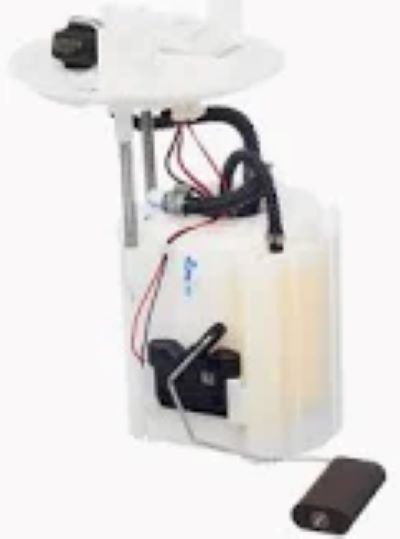Actually, fuel pump assemblies vary in respect to vehicle type, fuel system design, and operating requirements. In general, fuel pump assemblies are considered groups of components comprised of the fuel pump, filter, fuel level sensor, and sometimes the pressure regulator combined into a single unit located in the fuel tank. This makes things not only easier to install and replace but there are differences in the assemblies' design for particular demands on fuel flow, pressure, and life.
The in-tank fuel pump assemblies in modern cars, submerged into the fuel, require the surrounding fuel to act as a coolant to curb overheating concerns. Most of these assemblies operate within the pressure range of 35 to 65 PSI for gasoline engines, supplying fuel uninterruptedly for the fuel injection systems. High-performance assemblies for turbocharged engines often boast pumps capable of over 100 PSI for satisfactory fuel supply during rapid accelerations.
Diesel fuel pump assemblies are different again, as diesel engines must have so much higher pressure; often above 15,000 PSI on common rail systems. Diesel assemblies have stronger, heat-resistant components that are able to take the higher viscosity and corrosive nature of diesel fuel. According to Bosch, one of the major manufacturers, diesel pumps use selected materials based on resisting such demands, adding a 30% longer service life onto standard gasoline fuel pumps in similar conditions.

Fuel pump assemblies in vehicles compatible with either flex-fuel or E85 include ethanol-resistant material. Ethanol may be corrosive to standard components. In the absence of such modifications, ethanol-blended fuels can degrade the seals and gaskets of engines and pumps by causing them to leak or lowering the efficiency of the pump. Such ethanol-compatible assemblies will protect the longevity of the fuel system, preventing issues related to fuel compatibility.
Another design is modular assemblies that could be used in highly customized or tuned vehicles. In these, different components such as the Fuel Pump and filter are replaced separately, allowing flexibility in performance tuning. High-performance enthusiasts, for instance, could replace only the pump to raise flow rate while retaining the same fuel level sensor to save costs.
The type of fuel pump assembly chosen will determine the general performance and overall reliability of performance, not to mention the compatibility with certain types of fuels. Being cognizant of such differences allows managers to make appropriate decisions with respect to the needs of the vehicle: standard usage, high-performance demand, or even fuel flexibility.